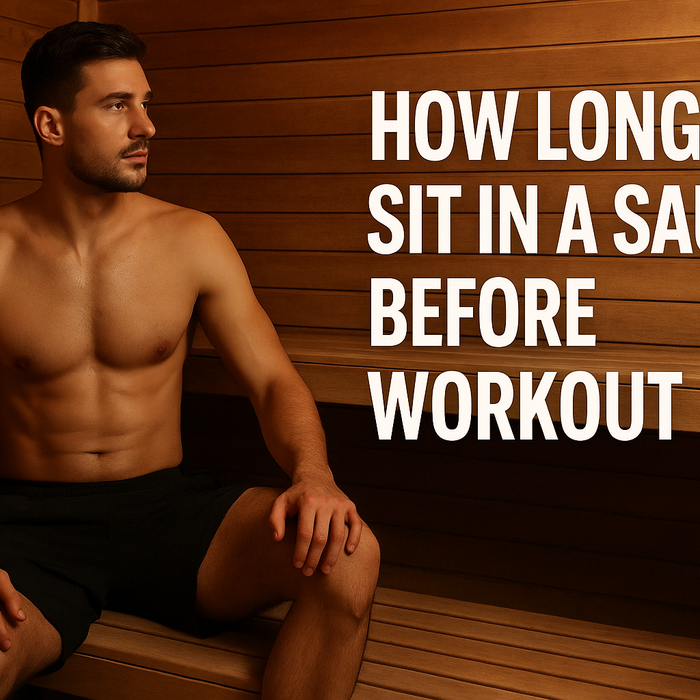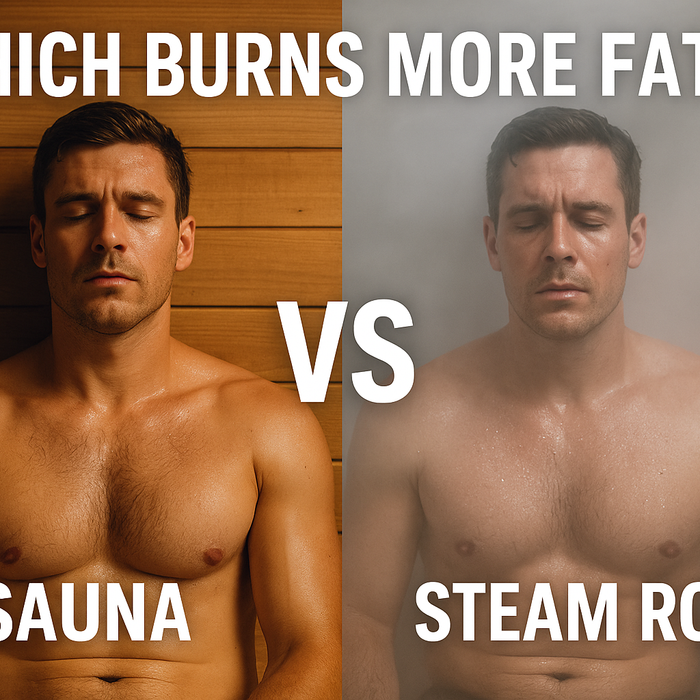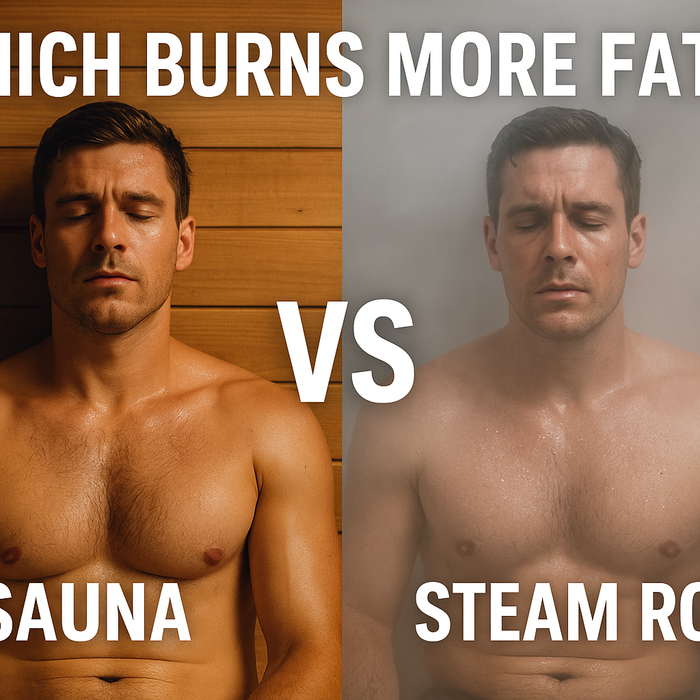Choosing the right spot for your infrared sauna is no small feat. It's not just a matter of convenience, but also about maximizing the benefits of your sauna experience. With so many factors to consider, it's easy to feel like a fish out of water. Fear not, dear reader! We're here to help you navigate these murky waters and find the ideal location for your infrared sauna. So, buckle up and let's dive right in!
Factors to Consider When Choosing a Sauna Location
1. Indoor vs. Outdoor
The first thing to mull over is whether you want your sauna indoors or outdoors. Here are some pros and cons to chew on:
Pros:
- More control over the environment (temperature, humidity, cleanliness)
- Easier access to electricity and water
- Greater privacy and security
Cons:
- May require significant space
- Potential issues with ventilation and moisture
- Some may find it claustrophobic
Pros:
- More room to spread your wings
- Fresh air and a connection with nature
- Less worry about moisture and ventilation
Cons:
- More susceptible to the elements (weather, pests)
- Requires additional protection (e.g., roofing)
- Potentially less secure
2. Space and Dimensions
Next up, think about the size of your sauna and the space it requires. Consider the following:
- Room for the sauna unit itself, including the recommended clearance around it
- Space for seating or changing areas
- Access to power outlets and water sources
- Adequate headroom and door width for easy installation and use
Don't forget to measure twice and cut once—getting the dimensions right the first time around will save you a world of trouble later.

3. Ventilation and Moisture Control
Proper ventilation is crucial for a healthy sauna experience. You don't want to be caught between a rock and a hard place with mold and mildew issues. Here's what you need to keep in mind:
- Ensure your chosen location has adequate air circulation to prevent condensation and moisture buildup
- If placing the sauna indoors, consider installing a ventilation fan or air purifier to help with air quality
- Outdoor saunas should have sufficient protection from the elements while still allowing for airflow
4. Ease of Access and Convenience
You'll want to strike a balance between privacy and accessibility. Ponder these points:
- Choose a location that's easy to reach but still offers a sense of seclusion
- Consider the proximity to restrooms, showers, or changing areas
- Think about how the sauna's location will affect your daily routine
Potential Sauna Locations: Pros and Cons
Let's explore some popular spots for infrared saunas and weigh their merits and drawbacks.
1. Basement
Pros:
- Typically offers ample space and privacy
- Can help to regulate the sauna's temperature
Cons:
- Potential moisture and ventilation issues
- May require significant modifications
2. Garage
Pros:
- Provides a separate space from your living areas
- Can be easily ventilated and adapted for sauna use
Cons:
- May be less inviting and comfortable than indoor spaces
- Can be colder during winter months
3. Spare Room or Home Gym
Pros:
- Convenient and easy to access
- Allows for better control over the environment
Cons:
- May require significant space
- Potential ventilation and moisture issues
4. Backyard or Garden
Pros:
- Offers a connection with nature and fresh air
- More space and flexibility
Cons:
- Requires additional protection from the elements
- Less secure and private than indoor locations

FAQs
Q: How much clearance does my infrared sauna need?
A: In general, it's best to allow at least 6 inches of clearance on all sides of the sauna. This helps ensure proper airflow and heat distribution, as well as making it easier to perform maintenance when needed.
Q: Can I put my infrared sauna on carpet?
A: While it's not ideal, you can place your sauna on carpet if necessary. Just make sure to use a waterproof mat or barrier to protect the carpet from moisture, and ensure proper ventilation to prevent mold and mildew.
Q: How can I protect my outdoor sauna from the elements?
A: For an outdoor sauna, consider using a weather-resistant cover, installing a roof or pergola, and adding insulation to the sauna walls. This will help protect your investment and extend the life of your sauna.
Conclusion
Finding the perfect location for your infrared sauna can be a bit of a tightrope walk, but with the right planning and consideration, you can create a relaxing and rejuvenating space that suits your needs. Whether you choose an indoor or outdoor spot, prioritize ventilation, space, and convenience, and keep our tips and suggestions in mind to make an informed decision. Ultimately, the ideal location for your infrared sauna will be one that enhances your experience, promotes relaxation, and allows you to reap the many health benefits of regular sauna sessions.
Remember, Rome wasn't built in a day, so take your time and consider all the factors before making a final decision. After all, you'll be investing time, money, and effort into creating your very own oasis of tranquility. And once you've settled on the perfect spot, you'll be well on your way to enjoying the soothing warmth and serenity of your infrared sauna. So, happy hunting, and may you find the ideal location that's just right for you!







Leave a comment